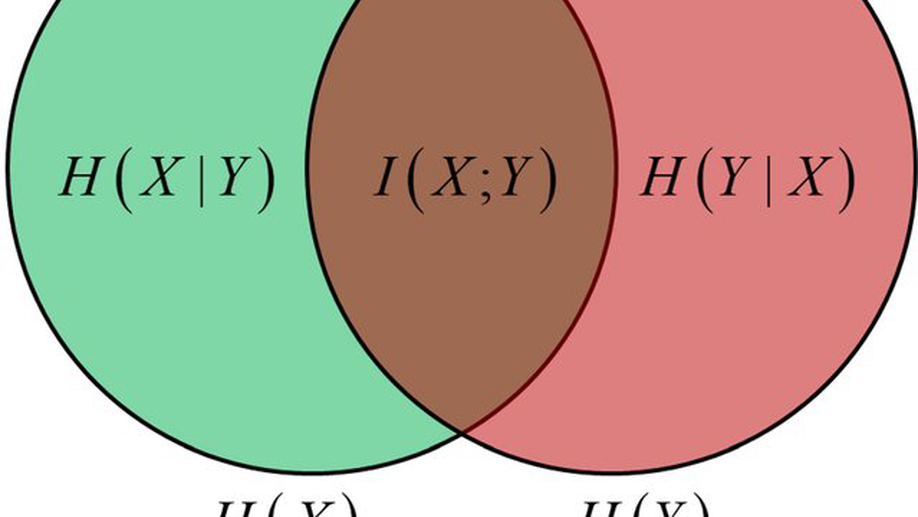CI/CD Part 4: Container Registries
This is the last post in a mini-series on designing Gitlab CI/CD pipelines. We’ve discussed the basic anatomy of a .gitlab-ci.yml file, how to set up authentication tokens and files for building and pushing packages to a registry, and designing a Dockerfile for building images from a package in the context of a CI/CD pipeline.
CI/CD Part 3: Building containers with Docker
This is the third post in a mini-series on designing Gitlab CI/CD pipelines. In the last post, we discussed setting up your .pypirc and .netrc files in the context of a Gitlab CI/CD pipeline to enable building and pushing packages to a package registry, as well as for installing code from a private registry.
CI/CD Part 2: Building and pushing packages
This is the second post in a mini-series on designing Gitlab CI/CD pipelines. In order to build packages and push them to a remote package registry, we use the build and twine packages. build generates a package, and twine pushes this package to a registry (or “index”).
CI/CD Part 1: Gitlab Pipelines
I recently developed a template workflow to help our team adopt a CI/CD-based development strategy. Many of our web applications and tools were based on simple repository structures. With growing datasets and ever-increasing use by outside teams, we found ourselves needing to add new features more frequently to many of these tools and believed that continuous integration and deployment could help us not just develop more quickly, but also more intelligently.
Visualizing SQL Schemas
I was recently tasked with examining databases related to some computer vision tools that my company had acquired. Basically, the framework was as follows… Clients/users would sign up for some service with the goal in mind of building a model to classify a set of microscopy images.

Entropy and Mutual Information
I’m interested in looking at some spatial mappings between pairs of cortical regions, and believe that these mappings are mediated, to some degree, by the temporal coupling between cortical areas. I don’t necessarily know the functional form of these mappings, but neurobiologically predict that these mappings are not random and have some inherent structure.

Jumping-Knowledge Representation Learning With LSTMs
Background As I mentioned in my previous post on constrained graph attention networks, graph neural networks suffer from overfitting and oversmoothing as network depth increases. These issues can ultimately be linked to the local topologies of the graph.
Constrained Graph Attention Networks
In their recent paper, Wang et al. propose a few updates to the Graph Attention Network (GAT) neural network algorithm (if you want to skip the technical bit and get to the code, click here). Briefly, GATs are a recently-developed neural network architecture applied to data distributed over a graph domain.
Cross-Entropy With Structure
As I mentioned in my previous post, I work with cortical surface segmentation data. Due to the biology of the human brain, there is considerable reproducible structure and function across individuals (thankfully!). One manifestion of this reproducibility is exemplified by the neocortex a.
Gaussian Graph Convolutional Networks
I’m using graph convolutional networks as a tool to segment the cortical surface of the brain. This research resides in the domain of node classification using inductive learning. By node classification, I mean that we wish to assign a discrete label to cortical surface locations (nodes / vertices in a graph) on the basis of some feature data and brain network topology.